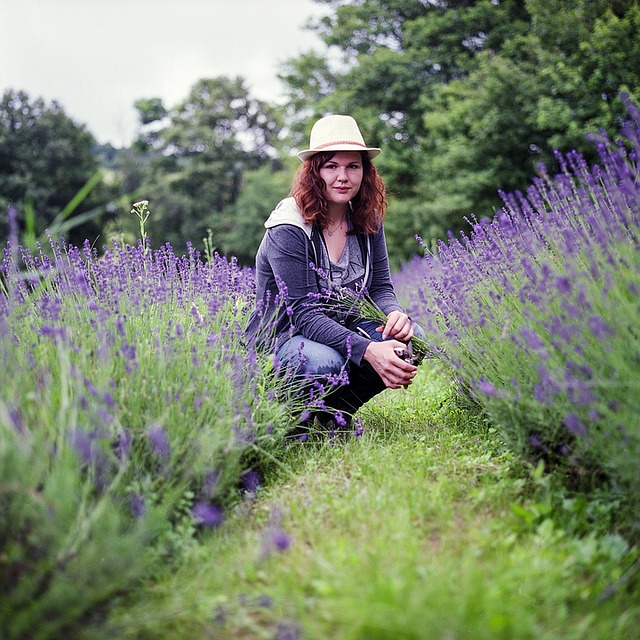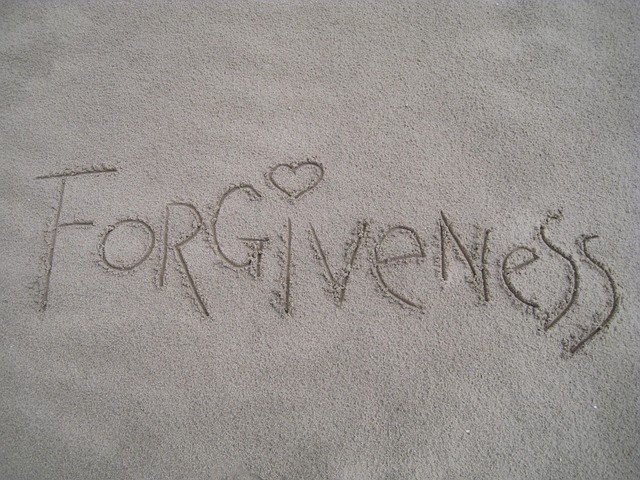Lynne Goldberg presented at the 2020 Mindfulness & Compassion Global Summit on the theme of Leonard Cohen’s words, The Crack is Where the Light Gets In. Lynne spoke of her life experience where meditation enabled her to find joy, happiness and holistic success after a dark period of pain, grief, and anxiety. The “crack” was the fracture of her external, projected veneer as the perfect wife, mother and businesswoman (Vice-President of a retail store). Lynne epitomised what Harriet Braiker called The Type E Woman who had to be “everything to everybody”.
Lynne’s world fell apart when she lost her mother through cancer, her marriage through divorce and her twin daughters who died two days after their birth (after she had tried to conceive for six years). Despite the turmoil in her life, Lynne tried to keep it together and be the perfect executive but lost her position. Lynne numbed herself to the physical, emotional and mental pain she was experiencing. It was only through meditation and improved nutrition that she was able to restore her equilibrium and find peace and happiness. Up until then, she was full of self-loathing and self-recrimination. She had to acknowledge to herself that “position and possessions” do not guarantee happiness – they were only the external trappings of “success”. Meditation enabled Lynne to loosen the hold of false beliefs and let in the light of self-belief and self-esteem.
Meditation to let the light in
Through meditation and nutrition Lynne found her balance and love for life and others. She became a certified meditation teacher and described her odyssey in her book, Get Balanced, Get Blessed: Nourishment for Body, Mind, and Soul – a life journey that shares strategies and tools to overcome the stress of trying to be perfect and “control the uncontrollable”. Lynne is also a co-creator of the Breethe app.
In a recent interview with Beau Henderson discussing meditation’s role in challenging times, Lynne offered five steps to help us overcome fear and anxiety and achieve mindfulness and serenity:
- Set your intention – be very clear about why you want to develop a meditation practice and find ways to remind yourself of this intention. Clarity of intention energises the discipline to maintain practice.
- Stay present – avoid wandering into the past and the uncertain future and practise restoring your focus to the present. Some simple mindfulness practices such as mindful walking, focusing on the sensation of your fingers joined together or deep listening, can be helpful here. You can also monitor your own words, e.g. when you say, “I can’t wait till the weekend!” or “I wish it was Friday”.
- Practice non-judgment – be with what is happening rather than judging it to be good or bad, e.g. the weather.
- Let go of control – give up on trying to “manage the unmanageable” but do what you can to the best of your ability, given limited resources, time and understanding.
- Go from “me” to “we” – help other and in the process help yourself to overcome fear and self-absorption. Compassionate listening in times of anxiety and uncertainty is a bridge to self-compassion and compassionate action towards others.
Lynne offers a 5-minute meditation that can be used at any time during your day to let the light in and bring peace and tranquillity to your life.
Reflection
There are many simple meditation practices that can help us to become grounded and to rest in equanimity. The starting point is a clear intention to undertake a core meditation practice on a daily basis. Starting small enables us to build the discipline of consistency. The core practice, even five minutes a day, can be supplemented by other mindfulness practices to build and sustain the momentum.
Revisiting the benefits of our meditation and mindfulness practices helps to reinforce our intention and reward our discipline. As we grow in mindfulness through meditation and mindfulness practice, we can overcome false beliefs, experience serenity, access our creativity and achieve holistic success.
_______________________________________
Image by Mabel Amber from Pixabay
By Ron Passfield – Copyright (Creative Commons license, Attribution–Non Commercial–No Derivatives)
Disclosure: If you purchase a product through this site, I may earn a commission which will help to pay for the site, the associated Meetup group and the resources to support the blog.







